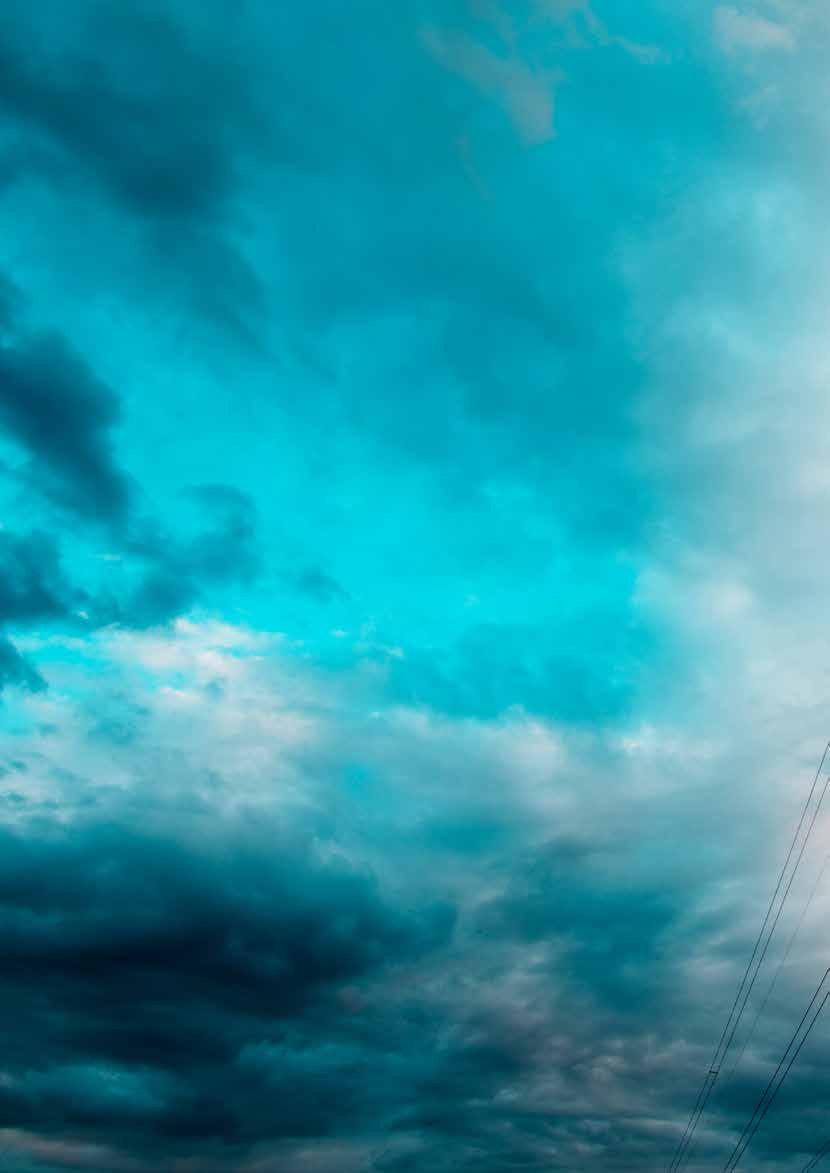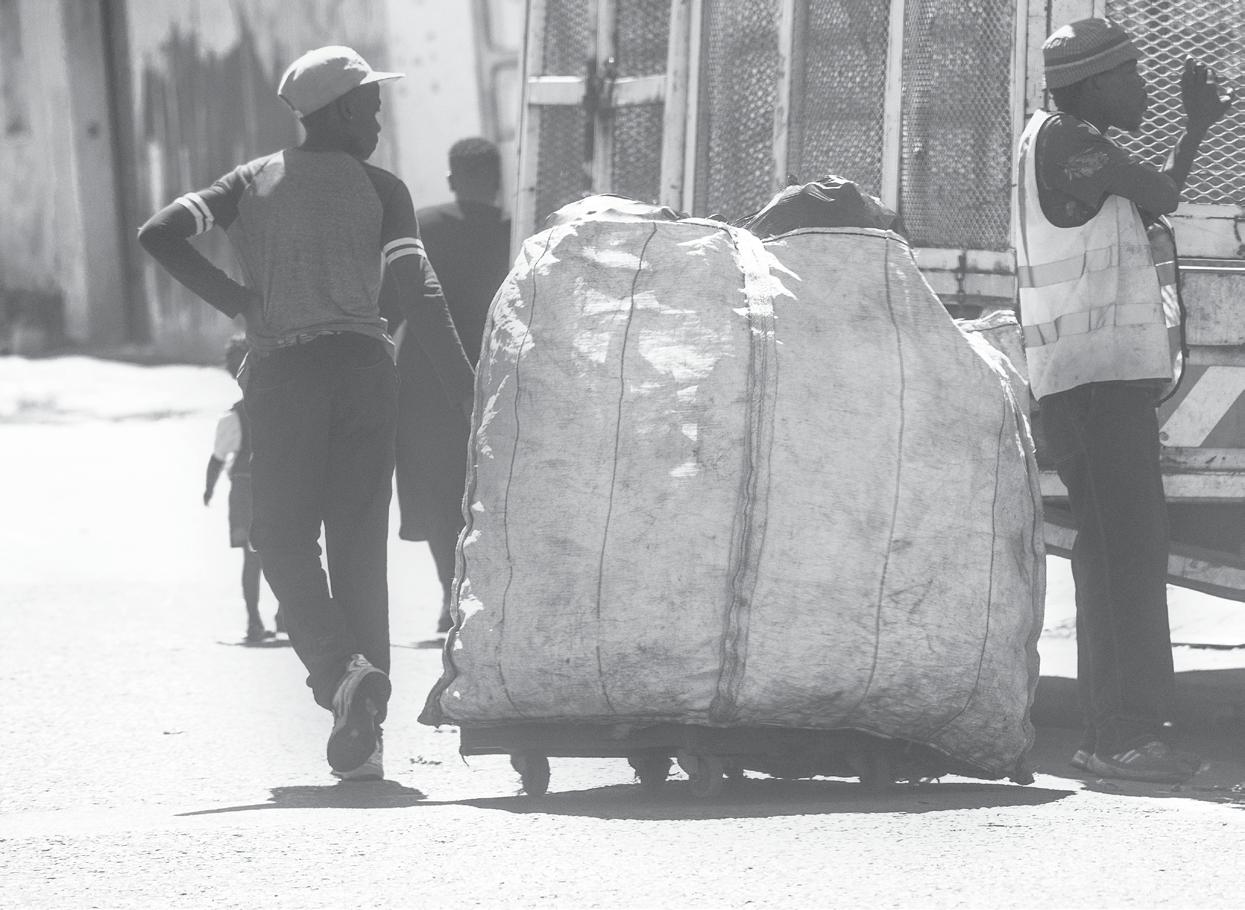L E G I S L AT I O N
SHEDDING LIGHT on grid independence
South Africa’s Minister of Mineral Resources and Energy, Gwede Mantashe, created a wave of excitement when he announced at the recent Investing in African Mining Indaba in early Februar y that his depar tment was busy drawing up regulations to make it easier for companies to generate their own electricity. By Jason van der Poel, Mzukisi Kota and Alexandra Felekis*
T
he country’s industrial and commercial users, from smelters to retail stores, have suffered financial losses since December as stateowned power utility Eskom, unable to meet demand, has re-introduced intermittent loadshedding. Among Eskom’s biggest customers are underground miners, who have drawn up plans over the past few years for private generation capacity of 40 MW to 75 MW. Unfortunately, until recently, it was unclear whether or not self-generation projects exceeding 10 MW would be required to apply for and obtain an exemption from the minister from the obligation to comply with the IRP 2019 in terms of section 10(2)(g) of the Electricity Regulation Act (ERA; No. 4 of 2006), before an application for a generation licence would be considered by the National Energy Regulator of South Africa (Nersa).
Distributed generation The definition of distributed generation in the current version of the IRP 2019 does not expressly limit distributed generation to 1 MW to 10 MW. According to the IRP 2019, distributed generation refers to “small-scale technologies to produce electricity close to the end users of power”. The reference to small-scale in the definition and explanations provided elsewhere in
38
M AY 2 0 2 0
|
ReSource
the IRP 2019 suggest that distributed generation projects may be limited to projects with an installed capacity between 1 MW and 10 MW. The minister indicated that his department was in the process of revising Schedule 2 of the ERA, which would enable self-generation and facilitate municipal generation options. Depending on the circumstances, a generation plant might only need to be registered, not licensed, he said. More light was shed on the issue by President Cyril Ramaphosa in his State of the Nation Address on 13 February. He said Nersa will ensure that all applications by commercial and industrial users to produce electricity for own use above 1 MW are processed within the prescribed 120 days. He also noted that there will be no limit to installed capacity above 1 MW. Arguably, the president has confirmed that “distributed generation” as defined in the IRP 2019 is not capped at projects with an installed capacity of 10 MW and that self-generation projects above 1 MW may apply for a generation licence from Nersa and are not required to request an exemption from the minister for deviating from the IRP in terms of section 10(2) (g) of the ERA. This is a positive development for self-generation and will eliminate unnecessary red tape to licensing. However, the position in the IRP 2019 should be clarified formally by the department.
The IRP 2019 provides for an uncapped allocation of “distributed generation” up to and including the year 2022. The IRP 2019 provides, with reference to distributed generation in table 5 in the IRP 2019, that this is an “allocation to the extent of the short-term capacity and energy gap”. As such, developers of self-generation projects should submit their generation licence applications sooner rather than later.
Licensing The central piece of legislation regulating electricity in South Africa is the ERA. Schedule 2 of the ERA sets out activities that are exempt from the obligation to apply for and hold a licence. These activities must still be registered with Nersa, which is responsible for licensing and tariffs. These are the generation facilities that only need to be registered, not licensed, currently: • no bigger than 1 MW that is connected to the national grid, where there is a single customer, no wheeling of electricity through the national grid and the minister has not published a notice in the Government Gazette stating that the amount of megawatts allocated in the IRP for embedded generation of this nature has been reached • no bigger than 1 MW that is connected to the national grid, where there is a single customer,



















